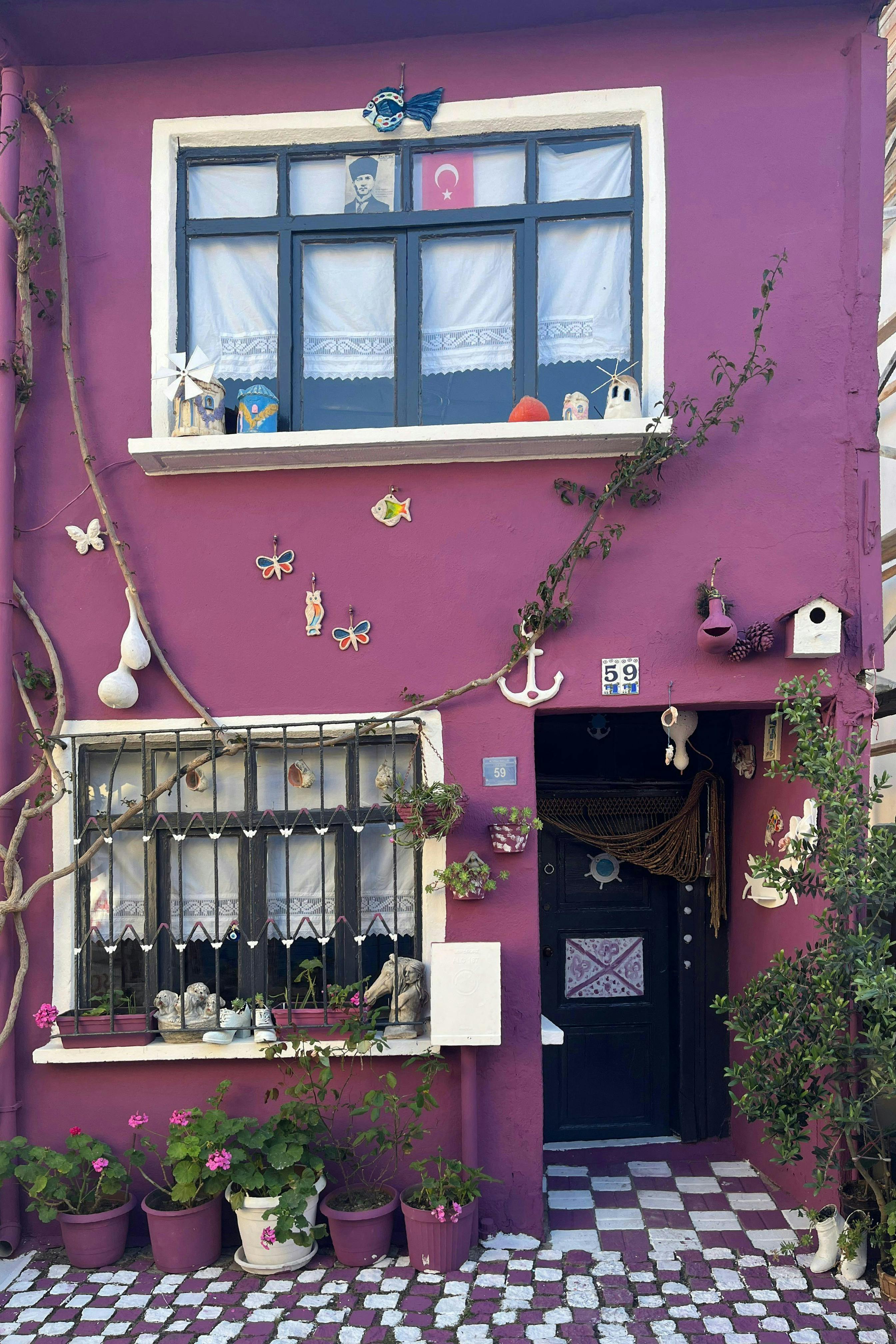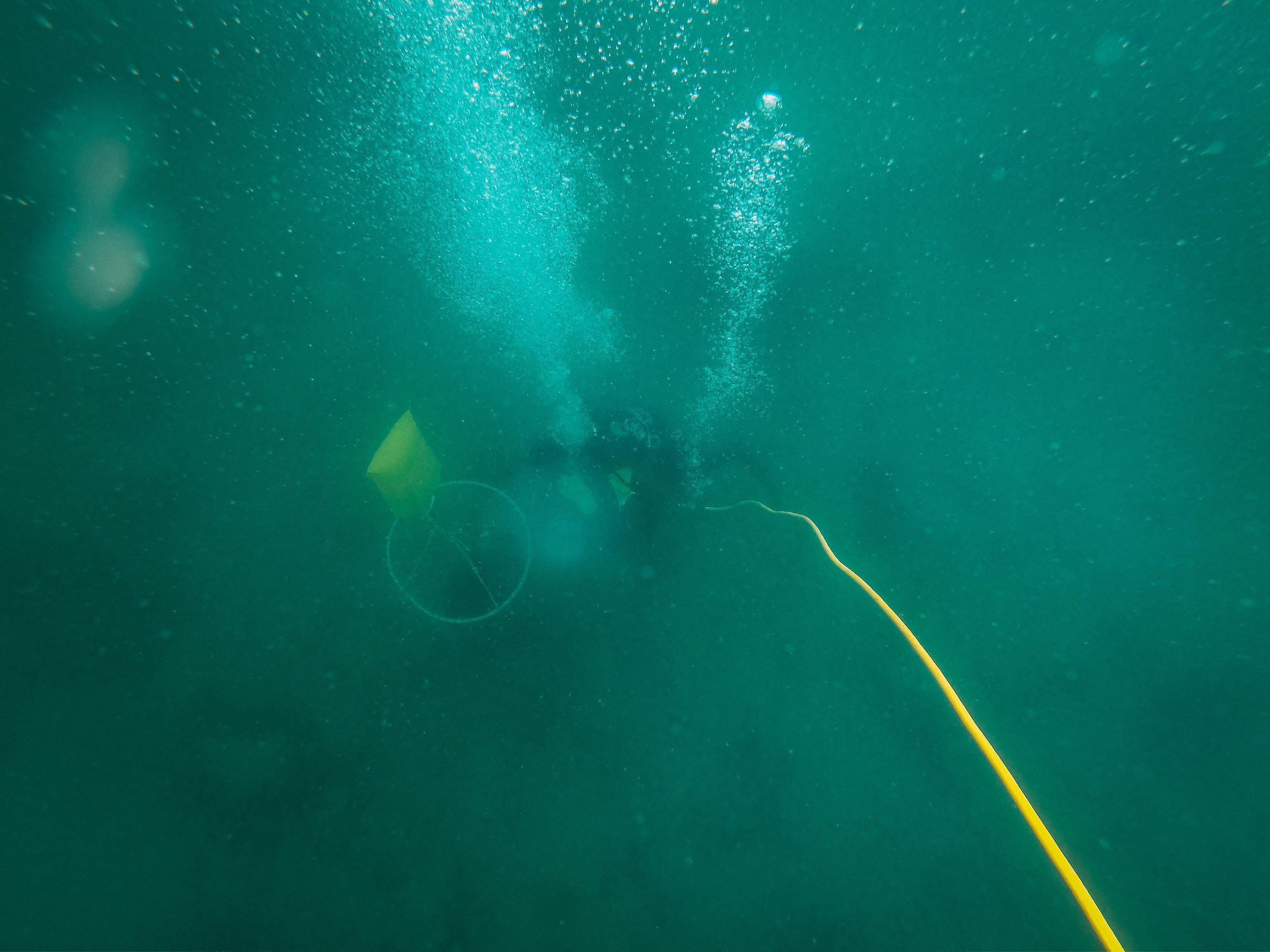Smart Ways to Set Up Rabbit Cage Indoor for Comfortable Living
Creating a comfortable and safe indoor environment for your pet rabbit is essential for their health and happiness. An adequately set up rabbit cage not only provides a secure space but also enhances the overall living quality of your furry friend. Indoor rabbit housing offers unique benefits, from protection against predators to climate control, making it a popular choice among rabbit owners. In this guide, we will explore the best practices and ideas for rabbit cage setup, covering everything from dimensions and materials to accessories and enrichment activities.
This article will serve as a comprehensive resource for establishing the ideal indoor rabbit habitat. You’ll learn how to choose the right rabbit cage sizes, incorporate rabbit cage accessories, and enhance your rabbit's living space with play areas and chew toys. By the end of this guide, you'll be equipped with the knowledge to create a rabbit-friendly haven that ensures their well-being and happiness.
Key takeaways include understanding rabbit housing needs, effective organization methods, and tips for maintaining cleanliness and safety in your rabbit's environment.
Choosing the Right Rabbit Cage Sizes for Indoor Living
When selecting a rabbit cage, the size is one of the most critical factors to consider. An appropriate size ensures that your rabbit has enough room to move, explore, and play. The ideal dimensions greatly depend on the size of your rabbit and its activity level. As a general rule, the cage should be at least four times the size of your rabbit when fully stretched out.
Understanding Rabbit Cage Dimensions
Before you start shopping for a new rabbit cage, it’s essential to understand the dimensions required for various rabbit breeds. For smaller breeds, a compact rabbit cage measuring approximately 24 inches by 36 inches is sufficient, whereas, for larger breeds, you may need an expansive multi-level rabbit cage that provides ample vertical and horizontal space. A good rule of thumb is to aim for a space where your rabbit can stand on its hind legs without feeling cramped.
Flexible and Adjustable Rabbit Cage Designs
Sometimes, flexibility is key when it comes to rabbit enclosure ideas. Consider adjustable rabbit cages that can expand as your rabbit grows or as your space needs change. Many modern designs allow for the incorporation of different configurations and multi-level setups, which can maximize vertical space and offer additional platforms and hiding spots.
Indoor Rabbit Cage Materials
Your rabbit cage setup should use materials that are safe, durable, and easy to clean. Popular options include wire, metal, and sturdy plastic. While metal cages are long-lasting and easy to maintain, be wary of wire bottoms that can hurt your rabbit's delicate feet. Always ensure there’s an appropriate bedding layer for comfort and safety.
Enhancing Comfort with Rabbit Cage Accessories
Rabbit cage accessories play a significant role in your pet's comfort and well-being. From chew toys to bedding, these elements can make a significant difference in your rabbit's living experience.
Must-Have Rabbit Cage Accessories
Basic rabbit supplies include a rabbit litter box, a water bottle, and a food dish. The litter box should be easily accessible and placed in a corner of the cage. Rabbits are naturally clean animals, and providing a designated bathroom spot helps maintain cleanliness. Additionally, ensure your rabbit has a reliable water supply and a food dish that cannot be easily tipped over.
Choosing the Right Rabbit Chew Toys
Rabbits have a natural instinct to chew, making chew toys essential in their environment. Look for safe, durable options made from untreated wood or hay. Providing these toys can help prevent boredom while also promoting dental health. Keep an eye on the toys’ condition, replacing any worn-out items to ensure your rabbit's safety.
Rabbit Hiding Spots and Enrichment Toys
Indoor rabbits thrive with access to hiding spots where they can retreat when feeling stressed. Incorporate rabbit-friendly furniture, such as boxes or soft tunnels, where your rabbit can feel secure. Additionally, offering enrichment toys stimulates their mind and encourages healthy behavior. Rotate these toys periodically to keep their environment exciting.
Maintaining Rabbit Cage Cleanliness and Safety
Regular cleaning is crucial for maintaining a healthy indoor rabbit habitat. A clean environment minimizes the risk of illness and ensures a comfortable living space for your pet. Establishing a routine cleaning schedule can help in managing rabbit hygiene practices effectively.
Effective Rabbit Cage Cleaning Techniques
Start by removing all bedding and thoroughly clean the cage with pet-safe cleaners. Make sure to rinse everything well to avoid any chemical residue. Replace the bedding with fresh materials; recommend using aspen or paper-based bedding which is absorbent and safe. Clean water bottles and food dishes should also be part of your cleaning routine, ensuring that your rabbit always has access to fresh supplies.
Rabbit Cage Ventilation and Safety Precautions
Proper ventilation is vital for your rabbit's health. Ensure that the cage has enough airflow while protecting your rabbit from drafts. Avoid placing the cage in direct sunlight or damp areas. Additionally, always check for potential hazards around your rabbit’s living area, such as electrical cords or toxic plants, to keep your rabbit safe.
Monitoring Rabbit Health Needs and Behavior
Keep an eye on your rabbit's behavior and health. Sudden changes may indicate stress or illness. Regular health checks and proper veterinary care contribute significantly to the overall well-being of your rabbit. Implementing a rabbit activity schedule can help ensure your pet gets regular exercise and social interaction, minimizing stress and enhancing their companionship with you.
Creating Engaging Play Areas for Indoor Rabbits
Providing enough space for play is essential to your rabbit's physical and mental health. Setting up a designated rabbit exercise area encourages natural behaviors like hopping, exploring, and socialization.
Rabbit Playpen Setup
Consider setting up a portable rabbit playpen within your living space. This allows your rabbit to enjoy a safe area to explore outside of their cage. Ensure the playpen is tall enough to prevent escapes and provides various toys and activities to keep your rabbit engaged. This space can also serve as a perfect indoor rabbit room filled with your pet's favorite items.
Rabbit Socialization Strategies
Semi-structured playtime encourages social interaction between you and your rabbit. Spend time in the rabbit exercise area, allowing them to explore your presence while maintaining a level of comfort. Engaging in play can strengthen your bond and promote trust.
Rabbit Enrichment Activities
Enhancing your rabbit's indoor experience can involve using different materials for outdoor play or creating DIY enrichment toys. Simple items can be transformed into engaging activities, such as cardboard boxes or tunnels. Experiment with various items to discover what keeps your rabbit engaged and playful.
The Importance of Proper Rabbit Cage Organization
Ultimately, the organization of your rabbit cage plays a vital role in the upkeep of their environment. Thoughtful arrangement ensures everything your rabbit needs is accessible and promotes a safe and thriving habitat.
Organizing Rabbit Supplies Efficiently
Consider using plastic bins or storage boxes to house rabbit supplies conveniently. Labeling sections can also help you quickly find what you need, from grooming tools to health check items. This will help maintain a clutter-free space, minimizing stress for your rabbit.
Optimizing Space for Your Indoor Rabbit Habitat
In smaller areas, the smart arrangement of accessories can create an inviting space. Multi-level rabbit cages offer expanded options for vertical exploration without taking up additional floor space. Always leave plenty of room for your rabbit to hop around freely.
Rabbit-Friendly Furniture and Home Setup
Integrating rabbit-friendly furniture designs can provide a stylish and secure environment. Consider furniture pieces designed specifically for rabbits, which ensure safety while complementing your living area's aesthetic. Remember that any furniture should be made of safe materials and free from toxic finishes.
Common Questions About Indoor Rabbit Housing
What is the best indoor rabbit cage layout?
The best layout includes a roomy floor space filled with hiding spots, chew toys, and a designated area for eating and drinking. A multi-level setup enhances vertical mobility and creates additional space for play.
How often should I clean the rabbit cage?
Daily spot cleaning should be done to remove waste and dirty bedding, while a thorough cleaning should occur weekly. Keeping the cage tidy prevents health issues and promotes a pleasant environment for your rabbit.
What features should I consider for a rabbit enclosure?
Key features to consider include adequate ventilation, safety, and accessibility for cleaning. Look for cages that provide enough space for your rabbit to move comfortably and includes platforms or ramps for exploration.

Can I use regular pet bedding for my rabbit?
It is essential to use rabbit-safe bedding, such as paper-based or aspen bedding. Avoid cedar and pine shavings, as they can be harmful to your rabbit's health.
How to bond with my indoor rabbit?
Spending time interacting with your rabbit daily, offering treats, and using positive reinforcement during training can help strengthen your bond. Always approach your rabbit calmly to build trust.
Conclusion
Setting up an indoor rabbit cage requires thoughtful consideration of their space, materials, and comfort needs. By incorporating appropriate sizes, providing essential accessories, and maintaining a clean and safe environment, you can ensure your rabbit lives happily indoors. Remember to monitor their behavior and health constantly, creating an enriching space that fosters socialization and play. With these smart ways to set up an indoor rabbit cage, you will create a cozy home that meets all your rabbit's needs.

